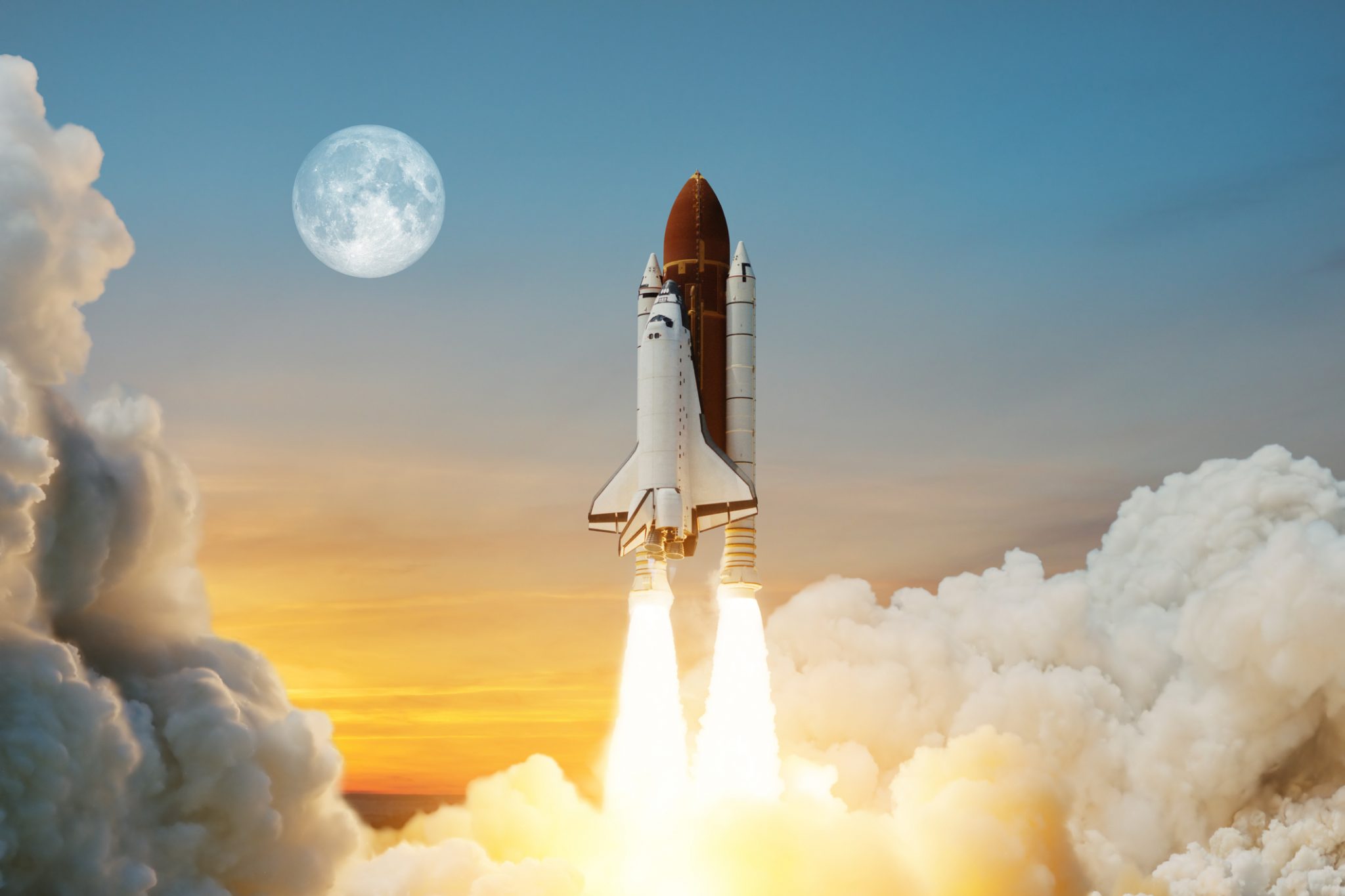Featured Faculty

Wan, Lisa Chun-ying
Associate Professor
Co-Director, Centre for Hospitality and Real Estate Research
Outstanding Fellow of the Faculty of Business Administration
More in ...
The science of creativity, genetics and careers
Will Trump 2.0 be wiser or stronger?
How mental shortcuts guide loan success and repayment
Space Tourism Isn’t Science Fiction Anymore
• 3 mins read
The Growing Space Tourism Industry
Have you ever imagined reaching for the stars, space walking on the moon, and watching Earth rising with a cup of coffee at a space hotel? For most people, getting to the space is nothing more than a dream. Although space travel sounds futuristic, it is turning into reality. Virgin Galactic first blasted off to suborbital space on July 12, 2021 and Blue Origin soared past the edge of space on July 20, 2021. Then, Space X launched Resilience which carried 4 civilians into space on Sep 15, 2021, making it the world’s first spacecraft to carry all civilian passengers.
#CUHKWhitePaperSeries | Space Tourism Isn’t Science Fiction Anymore
Space tourism refers to members of the general public, such as civilians and space tourists, visiting space solely for recreational purposes. It covers spaceflights for various distances: suborbital, orbital, and beyond the Earth’s orbit. For example, Virgin Galactic provides suborbital trips that reaching around 100km altitude and passengers can enjoy several minutes of out-of-seat weightlessness and breathtaking views of Earth in space costing US$450,000. In 2022, it already attracted 800 customers signed up for the trips. SpaceX offers even more expensive orbital trips that reaching an altitude of almost 600km and can keep passengers in space for several days costing US$55 million. China is also catching up quickly (with 370 commercial space-related companies set up as of 2021) and it is expected to start suborbital travel in 2025, which costs around 2-3 million yuan (US$285,00-US$427,000).

With the continued advancement of space technology, space exploration has become a key mission for many nations including the U.S. and China. For example, the U.S. plans to return to the moon and establish a lunar colony over the next few years. China also built its Tiangong space station in 2022 and is planning to get to the Moon in 2030. The Chinese State Council pledged to “make the space industry an important part of the nation’s overall development strategy.” The rapid development of space technology will further lower the costs of space tourism and the space tourism market is expected to grow rapidly. The global market for space tourism is estimated to reach US$1.7 billion by 2027, and the U.S. and China are the two biggest potential markets for space tourism. North America is the leading market for space tourism, with a market share of more than 40 percent. Asia-Pacific trails closely behind, with a market share of about 30 percent. The Chinese space tourism industry is forecast to be worth US$401 million by 2027, making it the second largest in the world.
Having civilians travelling to space will be a breakthrough in human cultural development. As space tourism hits mainstream commercialisation, who would be more interested to spend money on enjoying the breath-taking views of Earth in space? Moreover, a luxury space hotel Voyager Station is scheduled open for business in 2027. In order to generate revenue, what activities and foods should space tourism companies provide to tourists once reach orbit? Since space tourism is still expected to remain relatively expensive, what about the masses who are still unable to afford space travel? Is there a way for them to experience space travel in a cheaper fashion? What lessons can companies seeking to develop space tourism learn?
These are some of the questions I sought to answer in this Research White Paper.
To find out more about a specific topic, click on the links below to navigate to the relevant chapter:
INTRODUCTION – Space Tourism Isn’t Science Fiction Anymore
PART I – Consumer Reactions to Space Travel across Cultures
PART II – Space Hotel and Space Food
PART III – Space Travel Opportunity for Public?
CONCLUSION – Future Direction for Space Travel







